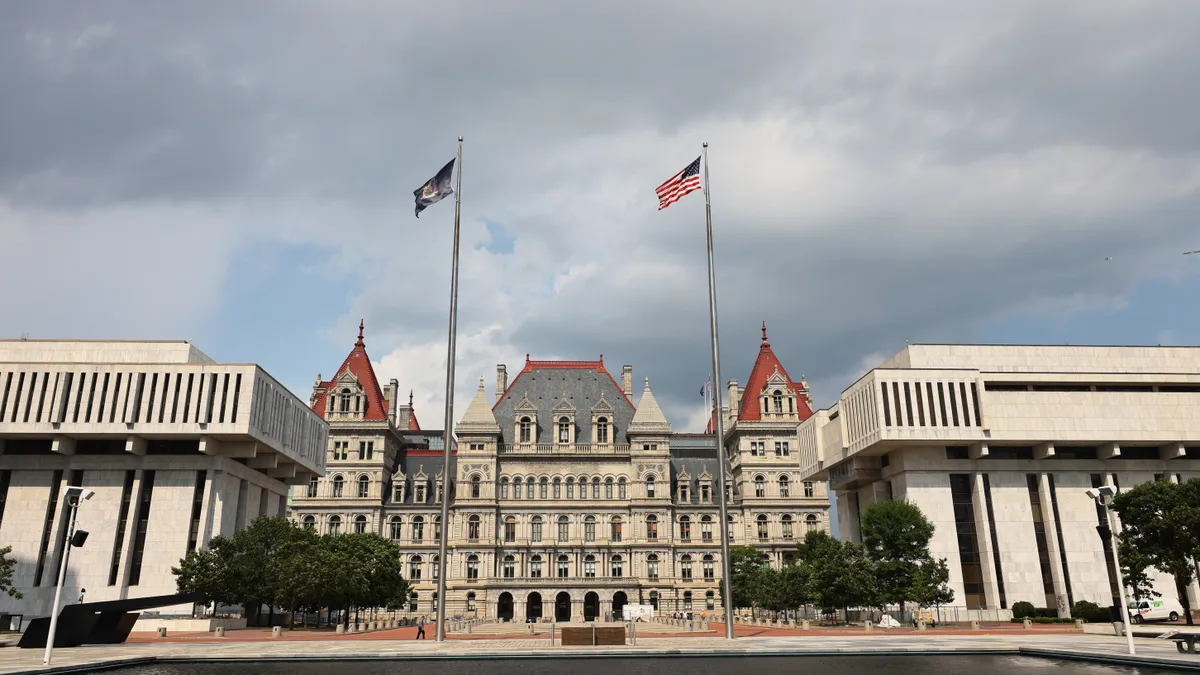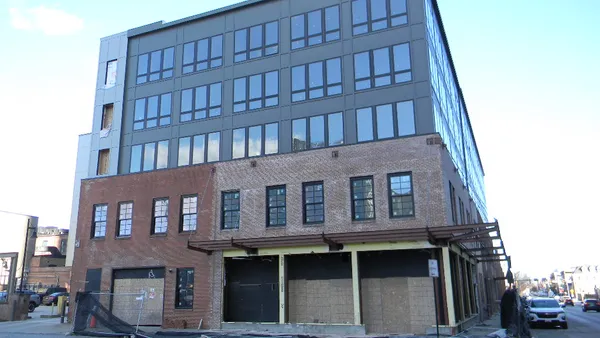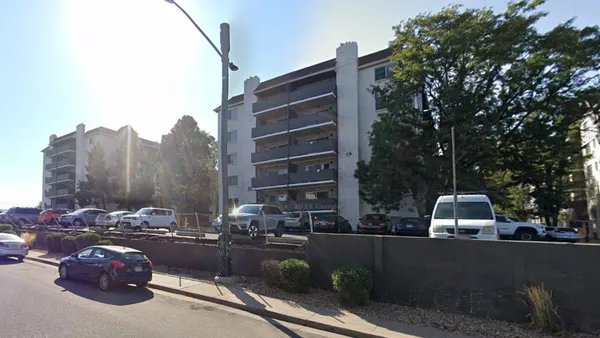Dive Brief:
- New York is launching a strategy to address the state’s housing crisis that sets a goal of building 800,000 new homes throughout the state over the next decade by setting local benchmarks that encourage cities and towns to change restrictive zoning requirements.
- The New York Housing Compact, announced by Governor Kathy Hochul on Tuesday, will require cities and towns with Metropolitan Transportation Authority rail stations to locally rezone in the immediate area or undertake a higher-density residential development. Municipalities served by the MTA will also be required to increase the number of new homes in their community by 3% every three years. All other communities will need to hit 1% new home targets during the same period.
- Municipalities have discretion on how to meet new home construction targets such as repurposing underutilized office parks and strip malls and offering new incentives towards multifamily buildings, the governor’s office announced in a press release. Affordable housing will be given extra weight when calculating whether a locality met its goals.
Dive Insight:
New York joins several states, including California, Utah, Oregon and Massachusetts in introducing policies or passing laws that require or entice cities to reform local zoning laws that make it difficult to build new housing. The Biden administration also released a plan last year that gave cities and towns with reformed zoning and land-use policies higher scores for certain federal grants.
Zoning reform has gained momentum in recent years as cities throughout the U.S. try to address the rising cost of housing that has become unaffordable for many renters and homeowners.
Rents have risen 30% and the cost of buying a home by 50% since 2015 in the New York City metro area — costs that have increased at even higher rates in areas outside the city, the governor's office stated in the press release. More than half of all renters throughout the state are rent-burdened, paying more than 30% of their income on rent, the office stated.
“New York faces a housing crisis that requires bold actions and an all-hands-on-deck approach,” Hochul said in a statement. “Every community in New York must do their part to encourage housing growth to move our State forward and keep our economy strong.”
Under the new strategy, cities and towns that do not meet their goals can achieve “Safe Harbor” status for one three-year cycle if they take specific actions that create the zoning capacity needed to achieve their growth targets.
A $250 million infrastructure fund and a $20 million planning fund will be available under the compact to help cities comply with transit-oriented development requirements or implement zoning policies that help them reach their targets. It will also create a new Housing Planning Office to provide support and guidance to cities and towns.












